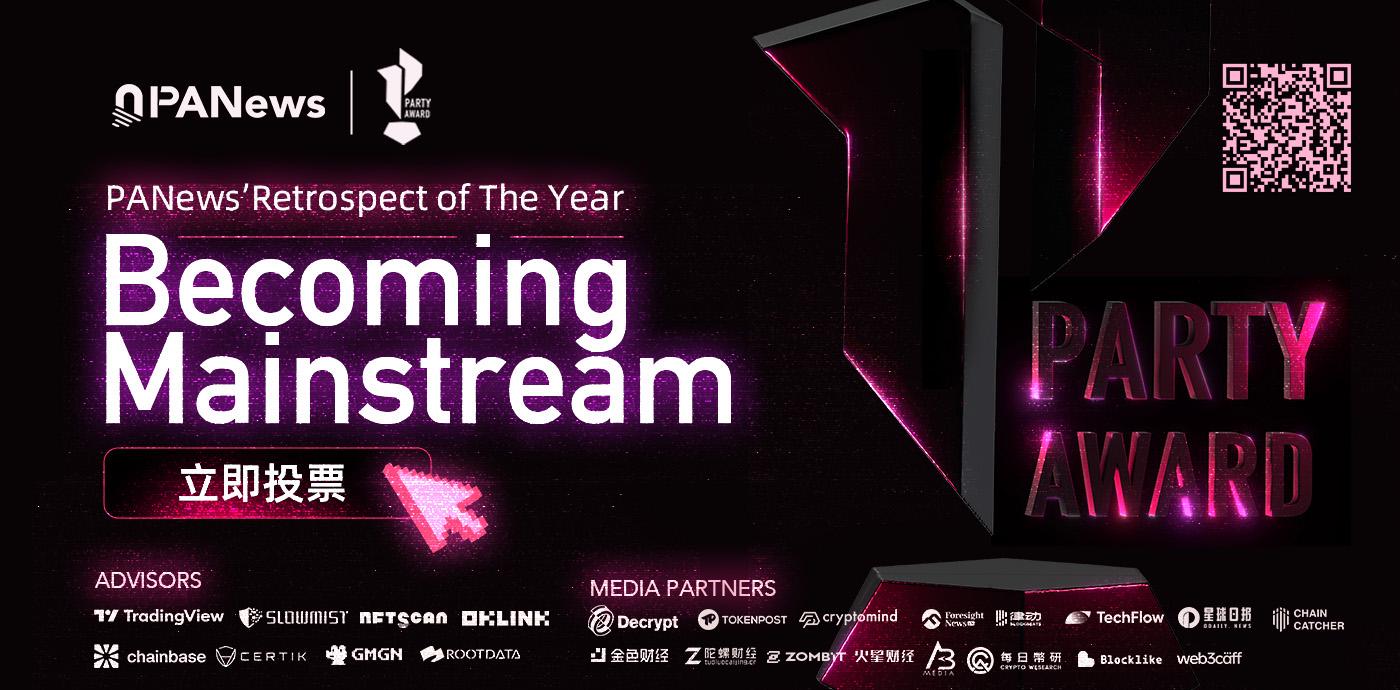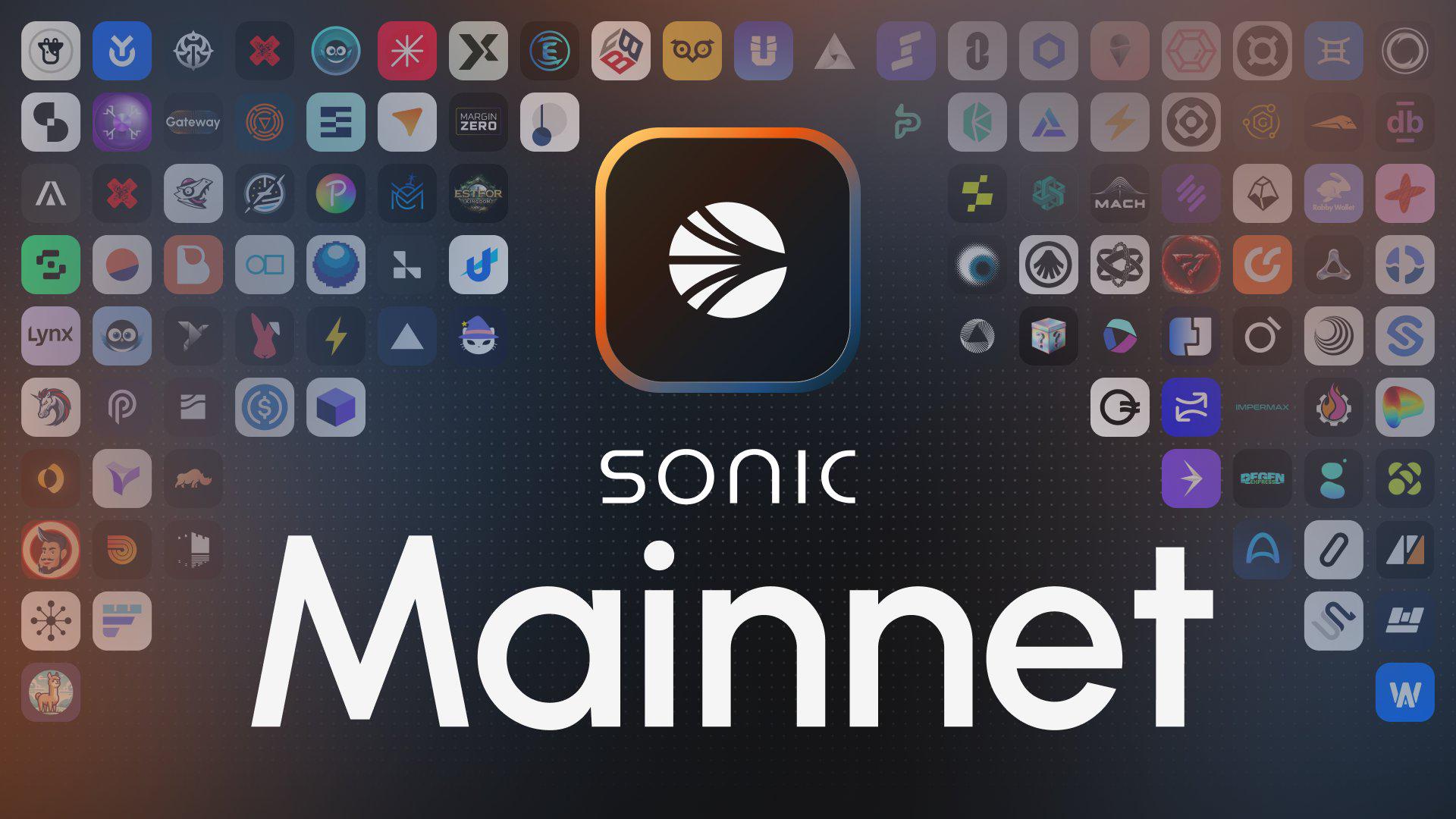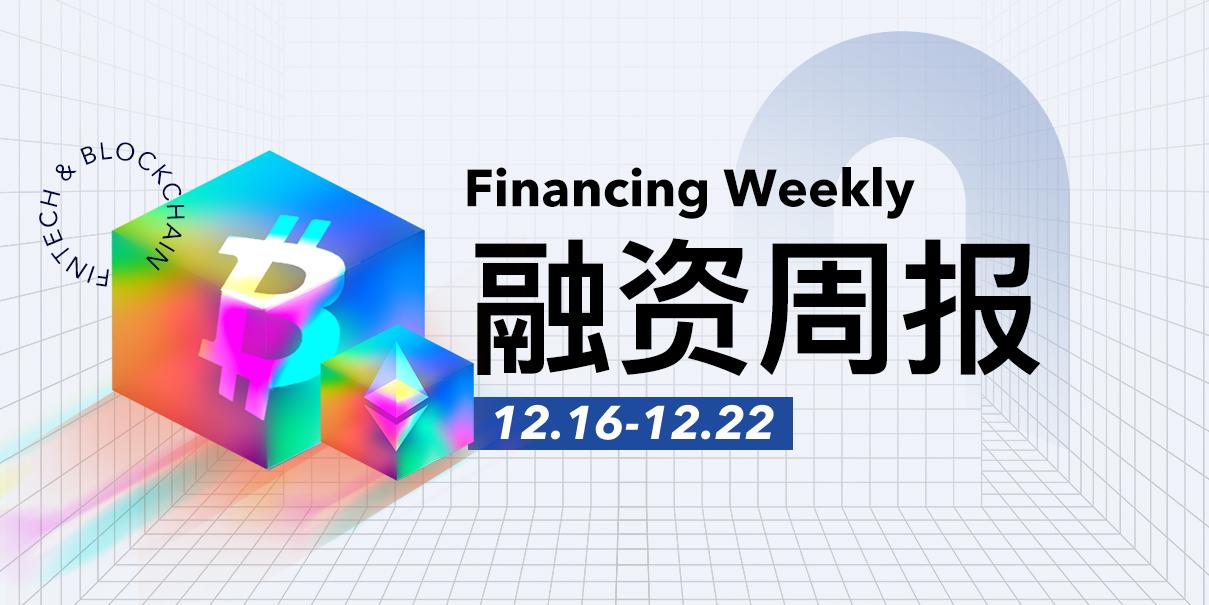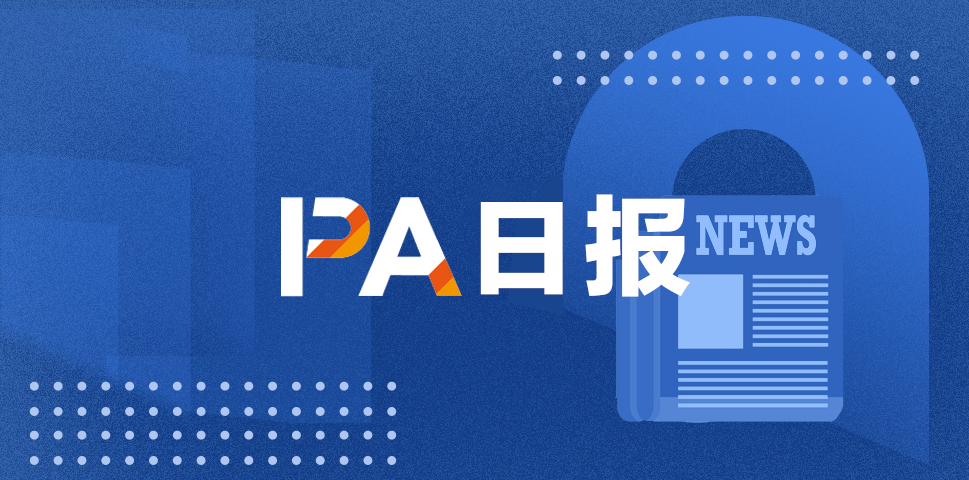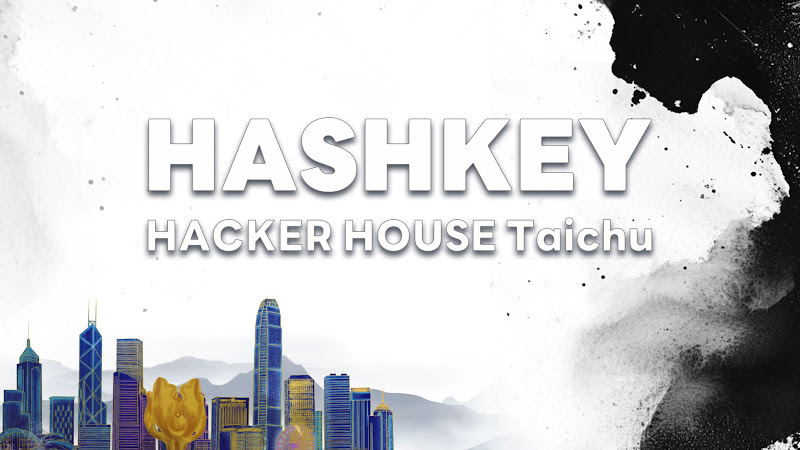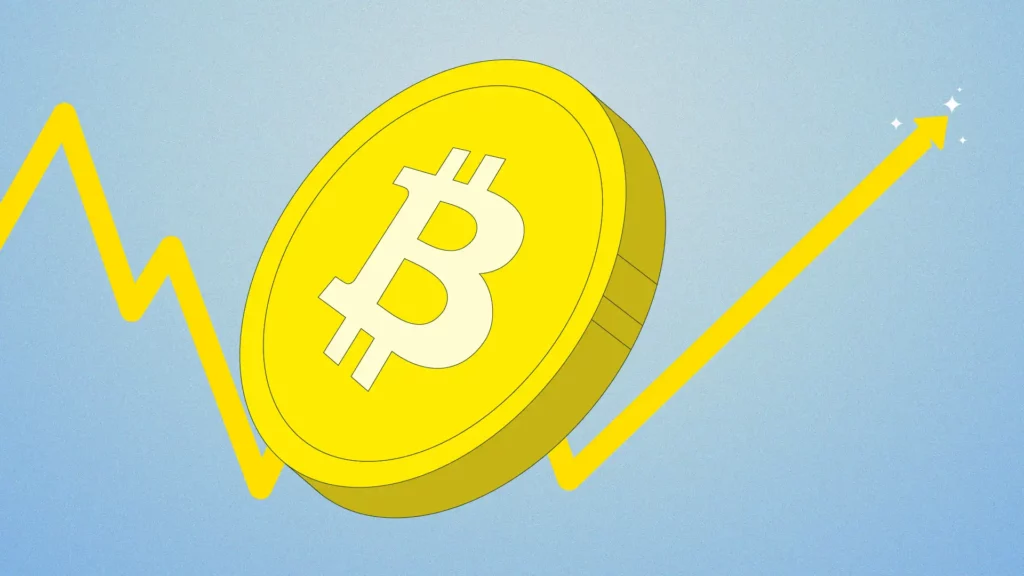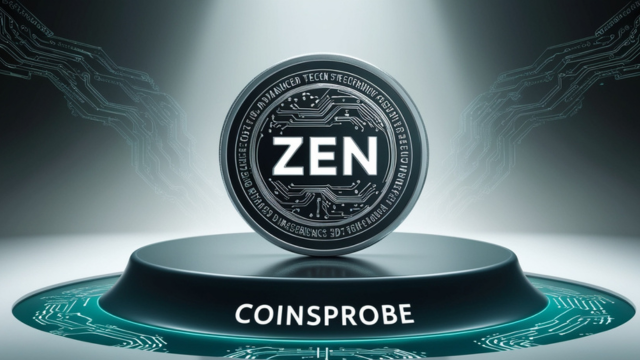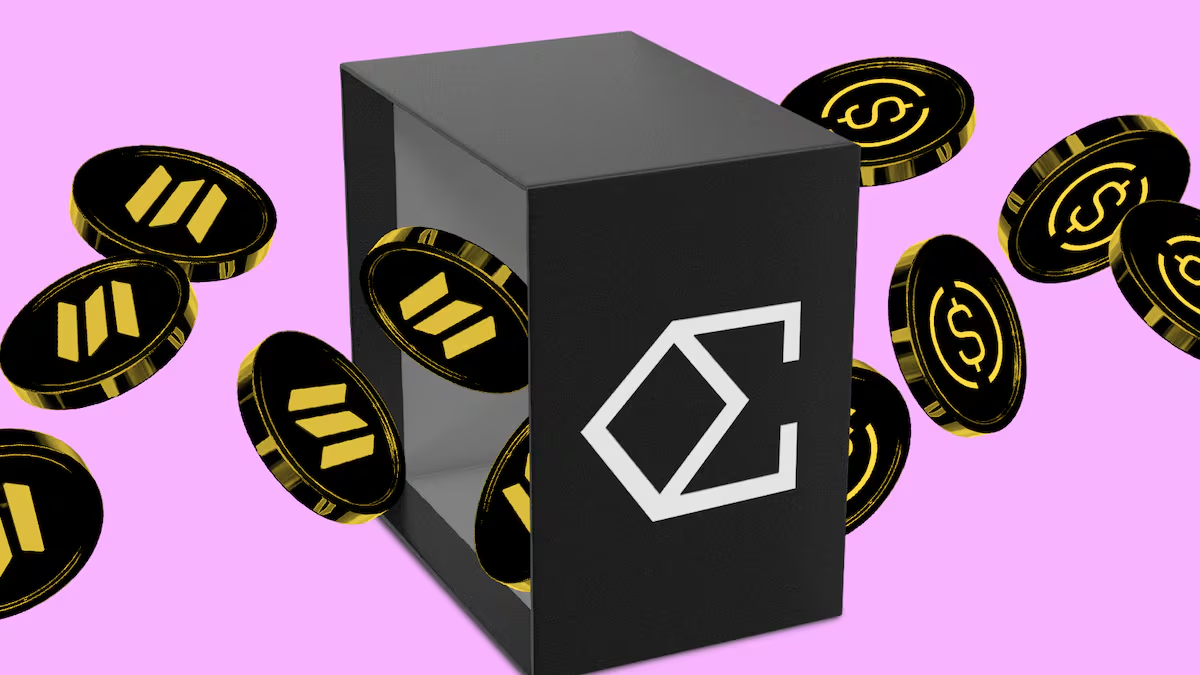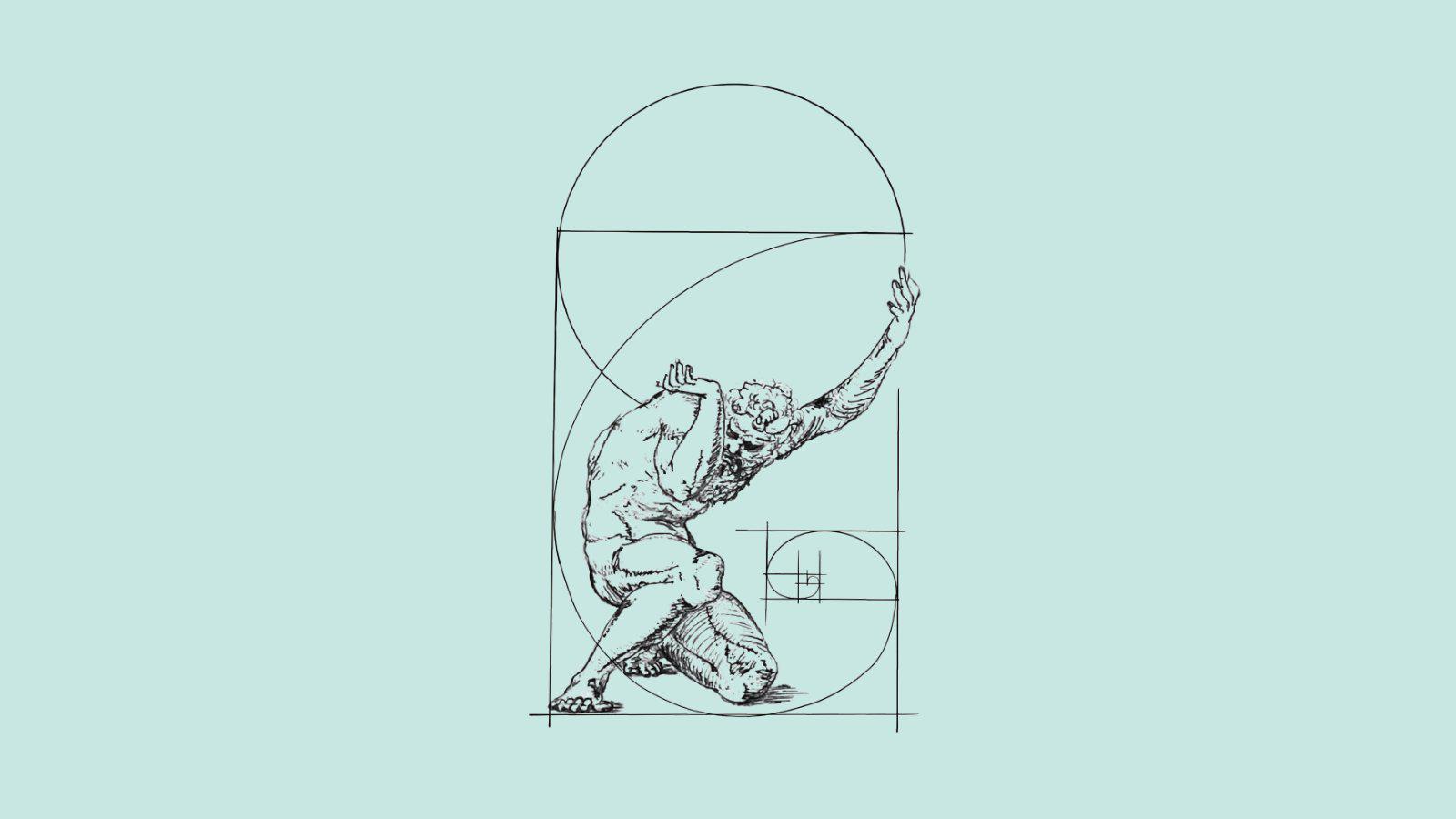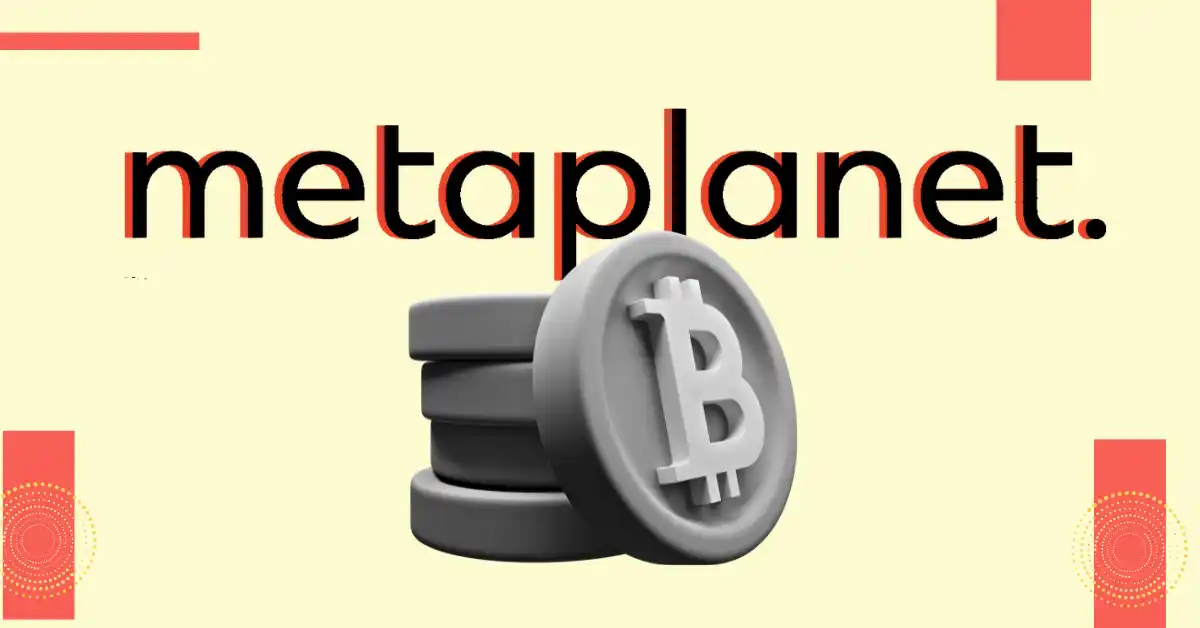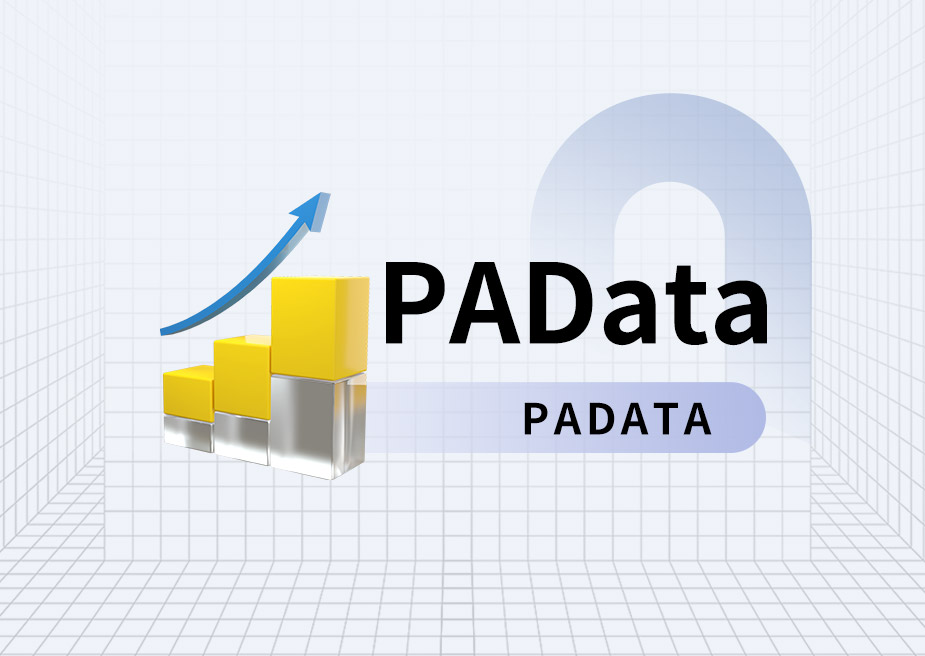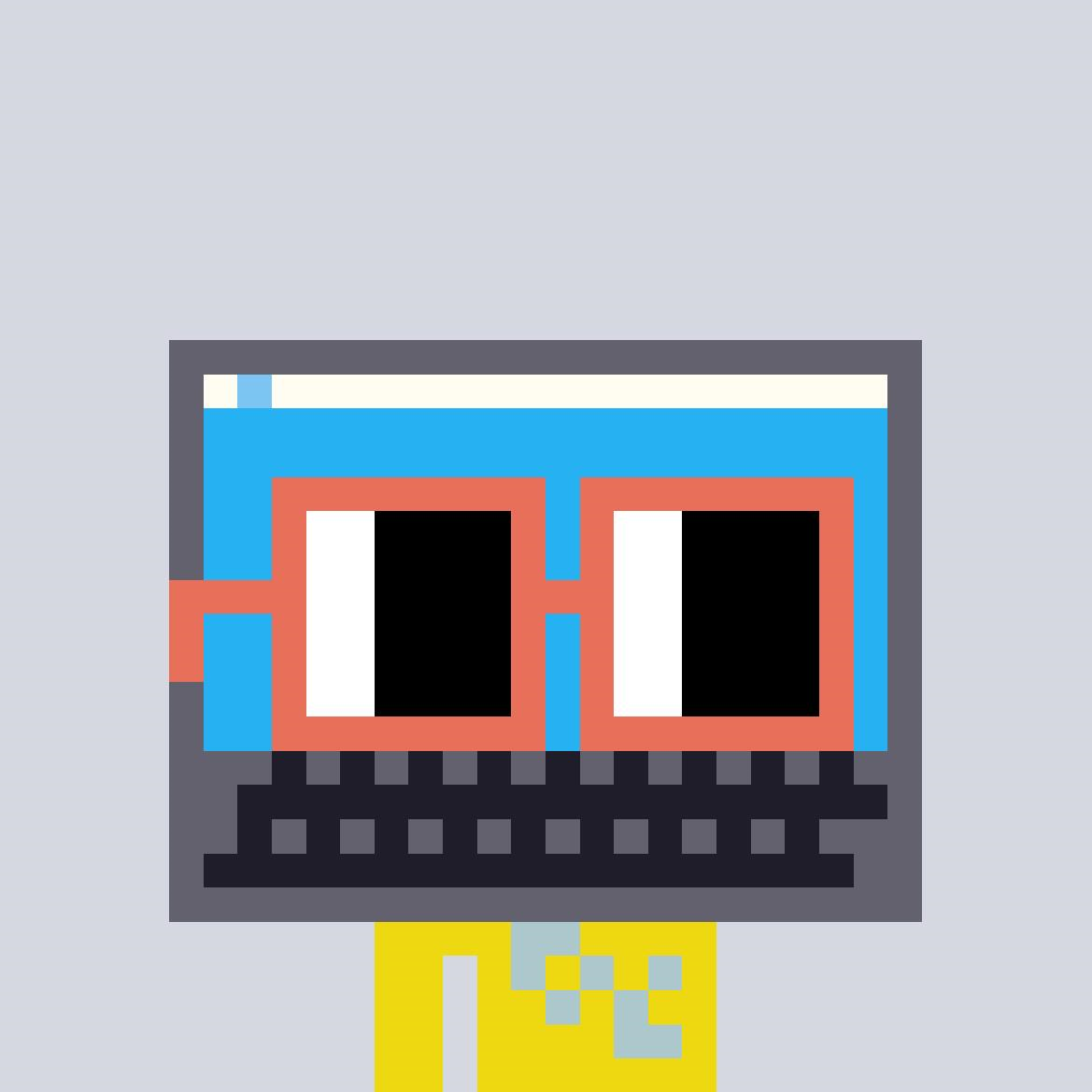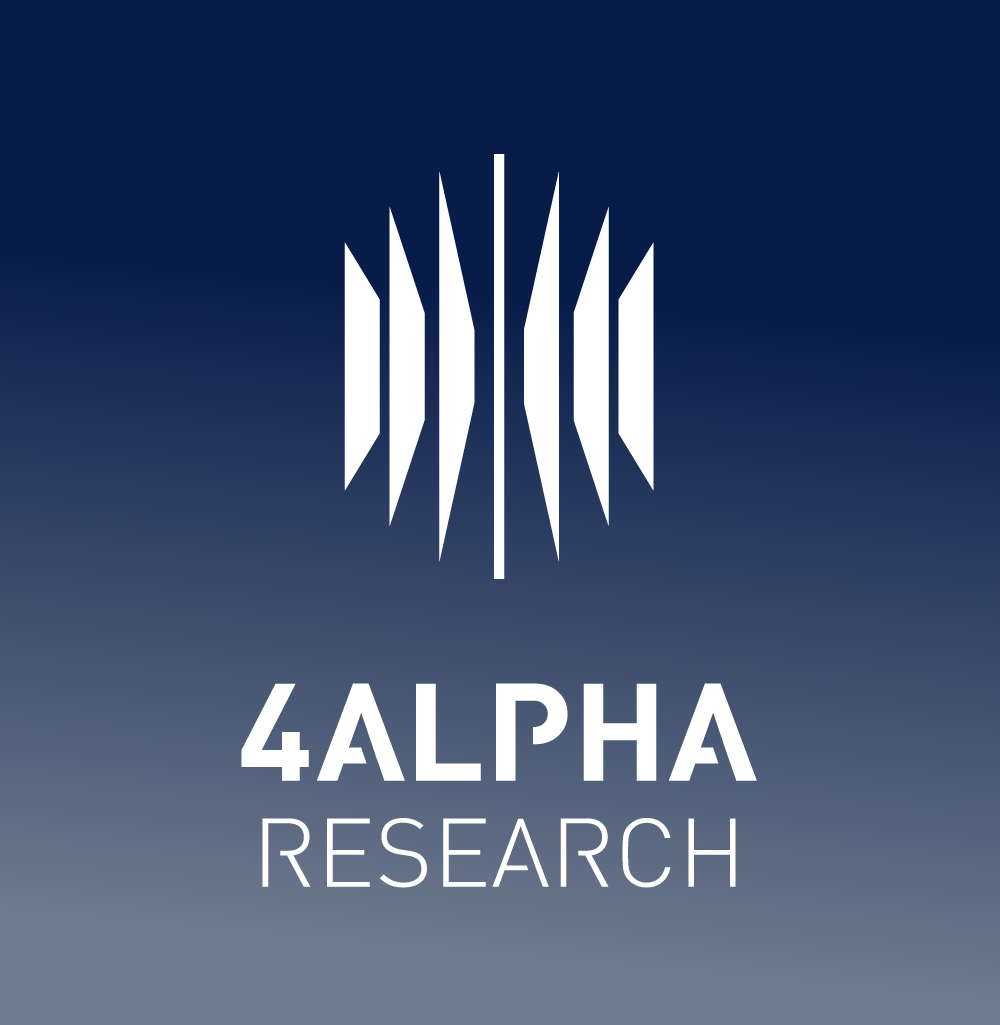-
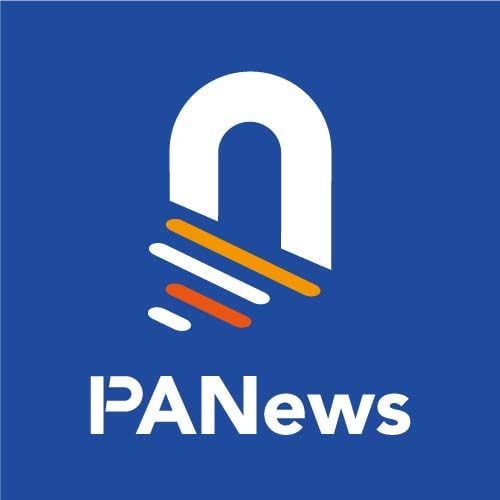 PA一线 · 2 小時前
Binance Labs宣布已投資Usual
PA一线 · 2 小時前
Binance Labs宣布已投資UsualPANews 12月23日消息,根據Binance Labs公告,其已投資Usual,一家專注於透過社區優先創新重新定義穩定幣的去中心化RWA(真實世界資產)支持的穩定幣發行商。 Usual透過$USUAL治理代幣實現價值和所有權的重新分配,90%的代幣分配給用戶,推動去中心化和公平的金融模式。
-
 PA一线 · 3 小時前
穩定幣發行商Avalon Labs完成1,000萬美元A輪融資,Framework Ventures領投
PA一线 · 3 小時前
穩定幣發行商Avalon Labs完成1,000萬美元A輪融資,Framework Ventures領投由BTC 支持的穩定幣USDa 的發行商Avalon Labs 已籌集1000 萬美元來發展其比特幣去中心化金融(DeFi) 生態系統。
-
 Felix · 4 小時前
觀點:這次下跌只是常規的市場震盪
Felix · 4 小時前
觀點:這次下跌只是常規的市場震盪當所有人都只是持有時,市場就無法繼續上漲,當下需要一波新的購買浪潮。
-
 PA一线 · 5 小時前
MicroStrategy上週以5.61億美元購買5,262枚比特幣
PA一线 · 5 小時前
MicroStrategy上週以5.61億美元購買5,262枚比特幣該公司在2024年12月16日至12月22日期間以約5.61億美元的資金購買了5,262枚比特幣,平均價格為106,662美元。截至2024年12月22日,MicroStrategy及其子公司共持有444,262枚比特幣,累計購買成本約277億美元,平均價格為62,257美元每枚比特幣。該公司表示,本次比特幣購買資金來自其股票發行收益。
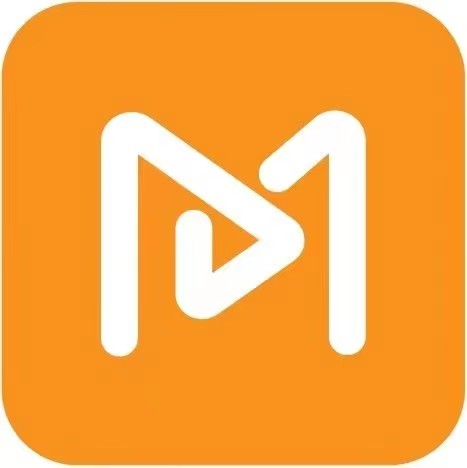 曼昆区块链 · 5 小時前
Web3律師:香港穩定幣最新法案,創新催化劑還是監管枷鎖?
曼昆区块链 · 5 小時前
Web3律師:香港穩定幣最新法案,創新催化劑還是監管枷鎖?擬議的立法旨在尋求微妙的平衡:在推動Web3經濟成長的同時,確保金融穩定並保護公眾信任。但它是否能夠成功實現這一目標?
-
 PA一线 · 5 小時前
Telegram全年總收入超10億美元,年終現金儲備超5億美元
PA一线 · 5 小時前
Telegram全年總收入超10億美元,年終現金儲備超5億美元Telegram創辦人Pavel Durov在其個人頻道發文稱,Telegram在2024年首次獲利。今年Telegram Premium訂閱用戶數成長三倍,突破1,200萬,廣告收入也達到數倍成長。全年總收入超過10億美元,年終現金儲備超過5億美元(不含加密資產)。
-
 Aquarius · 6 小時前
超越以太坊:探索新興區塊鏈在穩定幣採用的潛力
Aquarius · 6 小時前
超越以太坊:探索新興區塊鏈在穩定幣採用的潛力穩定幣市場快速成長,已成為數位經濟中的一股重要力量,甚至與傳統金融網路競爭。儘管以太坊、Tron 和BSC 等成熟區塊鏈目前主導著穩定幣活動,TON 和Sui 正透過創新的方法為穩定幣市場注入差異化競爭力。
-
 PA一线 · 6 小時前
CoinShares:上週數位資產投資產品淨流入3.08億美元
PA一线 · 6 小時前
CoinShares:上週數位資產投資產品淨流入3.08億美元12月19日單日錄得5.76億美元的巨額淨流出,導致週末兩日總流出規模達10億美元。以太坊流入5,100萬美元,而Solana流出870萬美元。
-
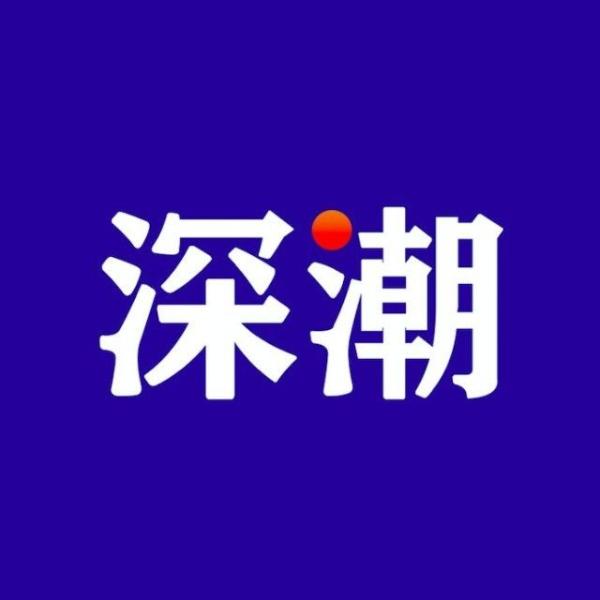 深潮TechFlow · 7 小時前
Solana全明星力挺,速覽SendAI新產品Solana Agent Kit
深潮TechFlow · 7 小時前
Solana全明星力挺,速覽SendAI新產品Solana Agent Kit一個消息就讓幣價狂拉十倍。
-
 PA日报 · 7 小時前
PA日報| 幣安Launchpool上線Bio Protocol(BIO);Lido推出以太幣SDK
PA日报 · 7 小時前
PA日報| 幣安Launchpool上線Bio Protocol(BIO);Lido推出以太幣SDK針對拜登或將特赦SBF討論,馬斯克回應:如果不發生我會震驚;日本上市公司Metaplanet增持619.7枚比特幣;幣安將上線HIVE/USDT永續合約。
- 加密貨幣流通市值(7天)$3,417,196,630,158Market Cap恐懼貪婪指數(近30天)
 HashKey Chain & HSK · 7 小時前
HashKey Hacker House:潛力賽道獲獎項目,突破生態邊界新篇
HashKey Chain & HSK · 7 小時前
HashKey Hacker House:潛力賽道獲獎項目,突破生態邊界新篇2024年12月22日晚間,由HashKey Chain主辦,MetaEra、Orbiter Finance、Umy.com共同主辦的「HashKey Hacker House Taichu」圓滿落幕。這場以「Web3 Applications Within Regulatory Frameworks」為主題的黑客松,吸引了來自全球的優秀開發者,為探索區塊鏈未來提供了全新的視角。
-
 PA一线 · 7 小時前
幣安Launchpool上線第63期項目,使用BNB、FDUSD取得Bio Protocol (BIO)
PA一线 · 7 小時前
幣安Launchpool上線第63期項目,使用BNB、FDUSD取得Bio Protocol (BIO)Bio Protocol(BIO)已成為幣安第63個Launchpool項目,將於12月24日08:00(北京時間)正式開放用戶透過質押BNB和FDUSD取得BIO空投獎勵,為期10天。幣安計劃於2025年1月3日18:00(北京時間)上線BIO,並開放BIO/USDT、BIO/BNB、BIO/FDUSD和BIO/TRY交易對。
-
 Weilin · 7 小時前
29歲的政壇新人Bo Hines被任命為川普加密委員會執行董事,加密公司私下爭奪席位
Weilin · 7 小時前
29歲的政壇新人Bo Hines被任命為川普加密委員會執行董事,加密公司私下爭奪席位Bo Hines將擔任川普加密委員會的執行董事。 29歲的Bo Hines是一名政壇和加密新人,尚未公開過加密貨幣的立場。在從政前,他是一名大學橄欖球運動員,並曾在2022年、2024年兩次競選北卡羅來納州眾議院的席位。
-
 金色财经 · 8 小時前
VanEck:2049年時,美國比特幣儲備或將削減35%的國債
金色财经 · 8 小時前
VanEck:2049年時,美國比特幣儲備或將削減35%的國債VanEck估計,到2049年,比特幣的複合年增長率將達到25%,達到4,230萬美元。
-
 PA一线 · 8 小時前
Binance Alpha公佈新一批項目:ZEREBRO、COOKIE、WHALES和ORDER
PA一线 · 8 小時前
Binance Alpha公佈新一批項目:ZEREBRO、COOKIE、WHALES和ORDER根據官方消息,Binance Alpha公佈第五批項目名單,分別是MGP、ZEREBRO、COOKIE、WHALES和ORDER。 MGP已包含在第四批名單中。
-
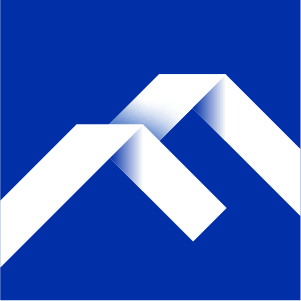 Foresight News · 9 小時前
ZEN逆勢連漲3日並翻倍,「灰階效應」再次顯現?
Foresight News · 9 小時前
ZEN逆勢連漲3日並翻倍,「灰階效應」再次顯現?ZEN 突破30 USDT,灰階其他持股回報幾何。
-
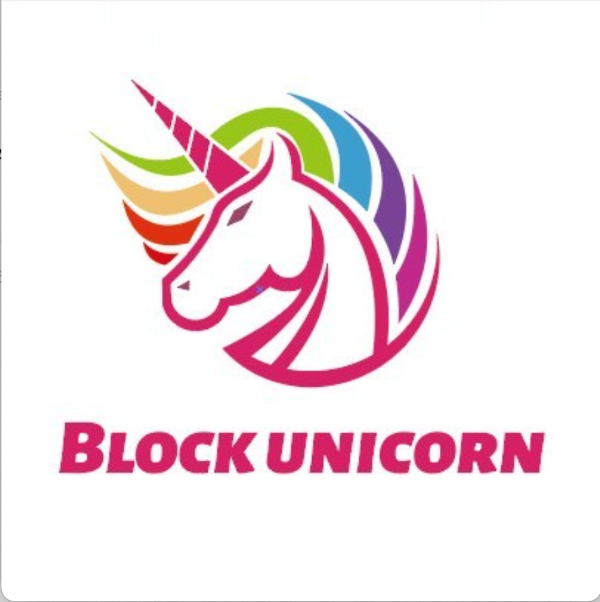 Block Unicorn · 10 小時前
Ethena對DeFi來說是「不定時炸彈」還是「救世主」?
Block Unicorn · 10 小時前
Ethena對DeFi來說是「不定時炸彈」還是「救世主」?Ethena 是否注定會摧毀我們所知的DeFi,還是它將DeFi 帶入新的文藝復興?讓我們深入探討這個問題。
-
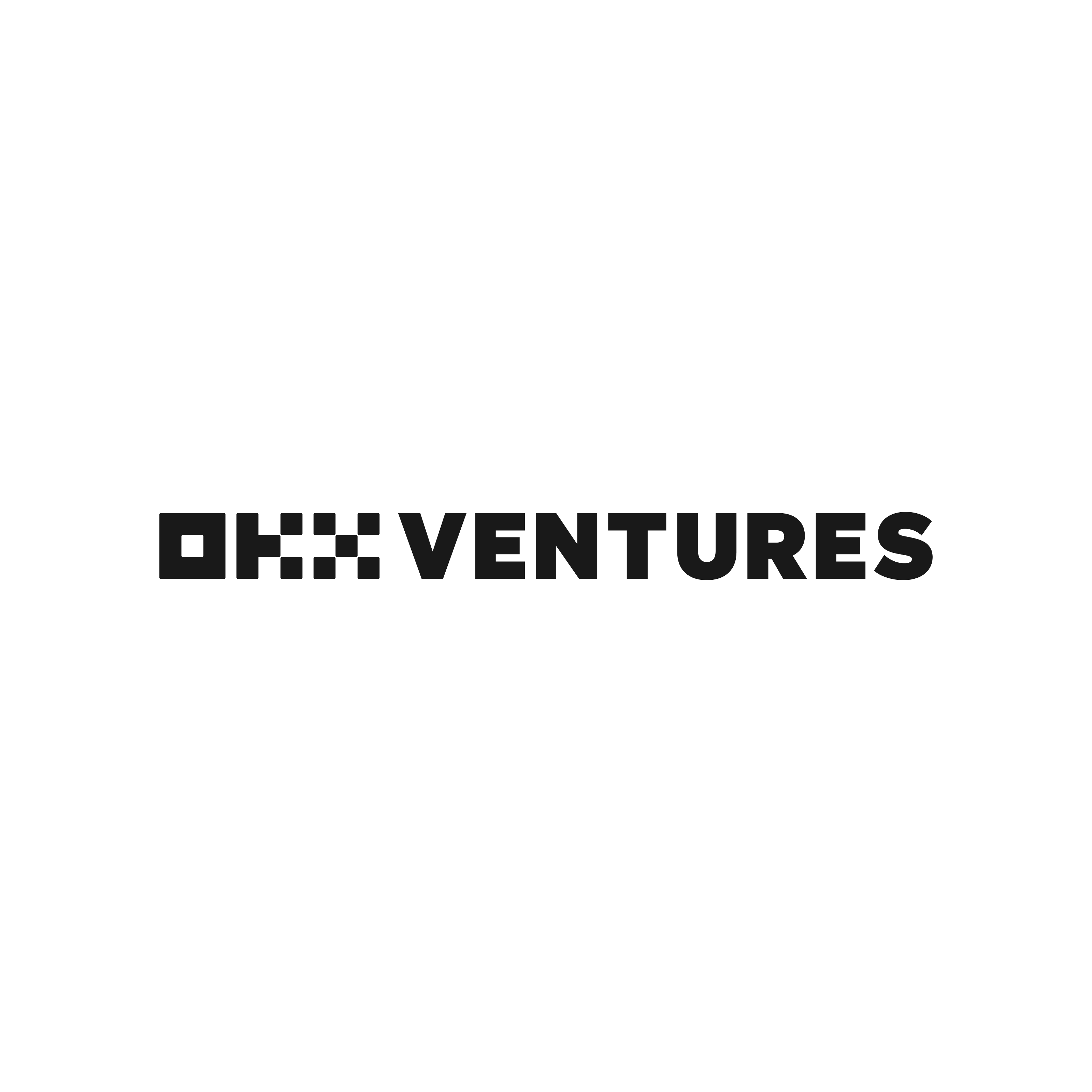 OKX · 10 小時前
平均3分鐘回覆、100%回饋率、變被動為主動,起底OKX客服部營運策略
OKX · 10 小時前
平均3分鐘回覆、100%回饋率、變被動為主動,起底OKX客服部營運策略可以說,OKX任何一個產品、任何一個技術都會在某個時間點變成一個客服。
-
 Felix · 10 小時前
借貸平台HyperLend為何是Hyperliquid生態流動性支柱?
Felix · 10 小時前
借貸平台HyperLend為何是Hyperliquid生態流動性支柱?探索HyperLend如何針對性地重塑DeFi格局。
-
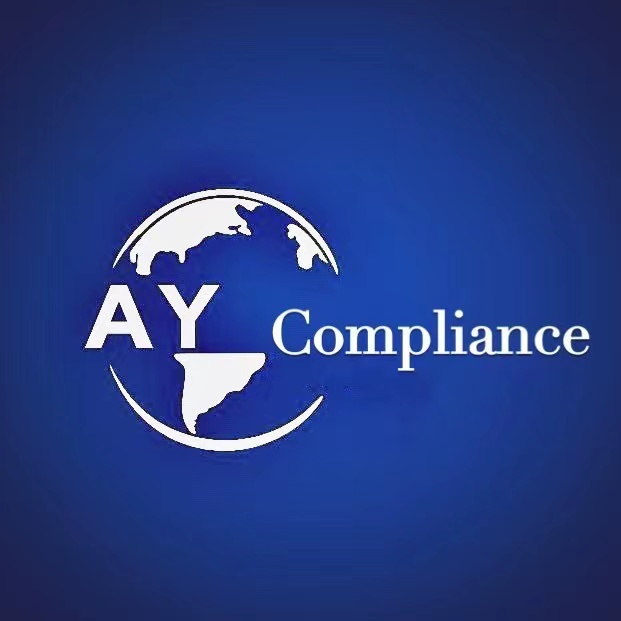 Aiying compliance · 11 小時前
解讀Metaplanet股價年漲2450%的秘密:「日本版MicroStrategy」零利率債券的比特幣槓桿遊戲
Aiying compliance · 11 小時前
解讀Metaplanet股價年漲2450%的秘密:「日本版MicroStrategy」零利率債券的比特幣槓桿遊戲近些日子,Metaplanet,這家備受矚目的日本上市公司,因其將比特幣納入財庫資產而被冠以“日本版MicroStrategy”的稱號。最近,該公司宣布了一項頗具爭議但又引人注目的融資計劃——零利率債券的發行。
更多內容 Dec . 24
Dec.24
